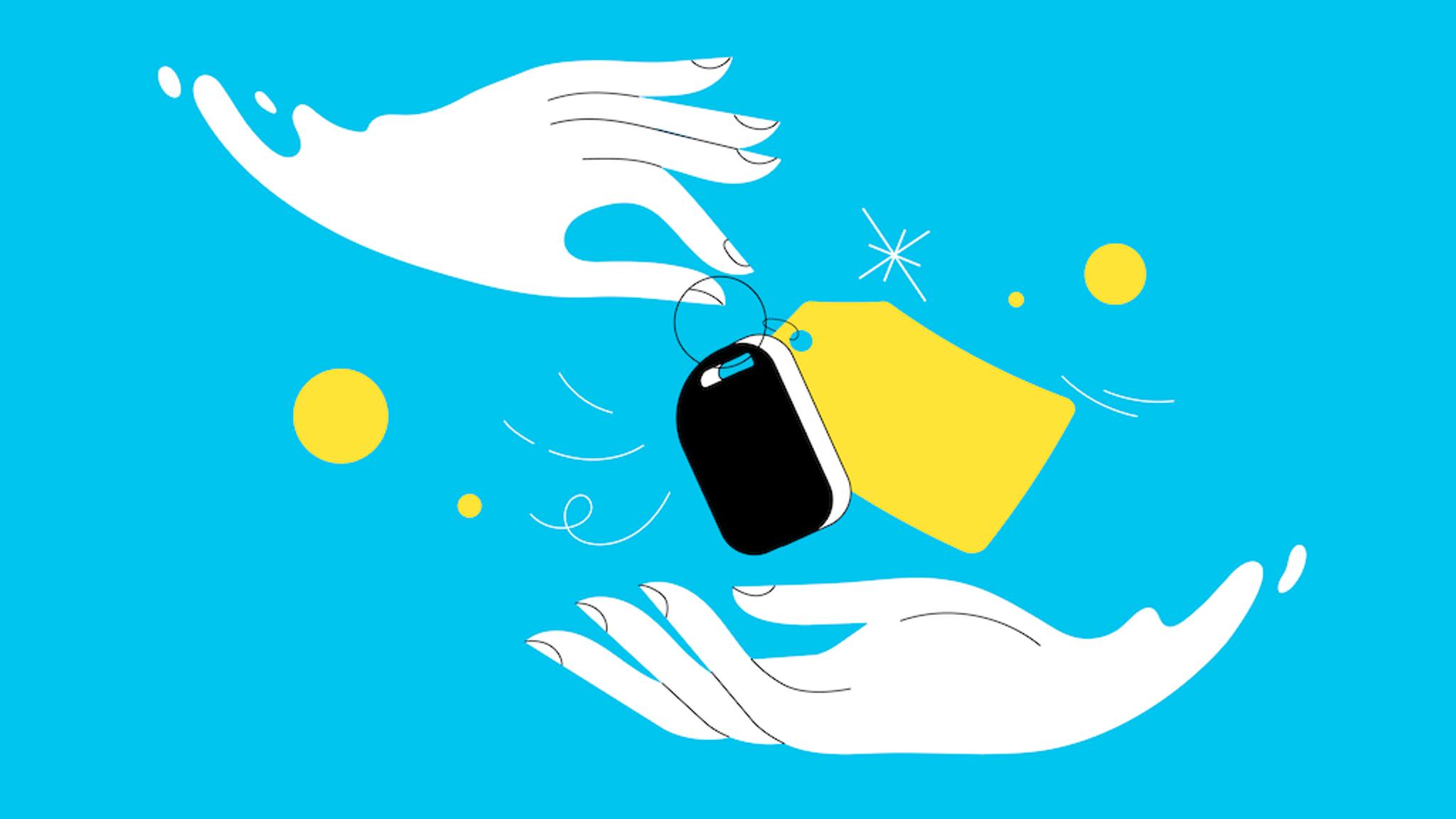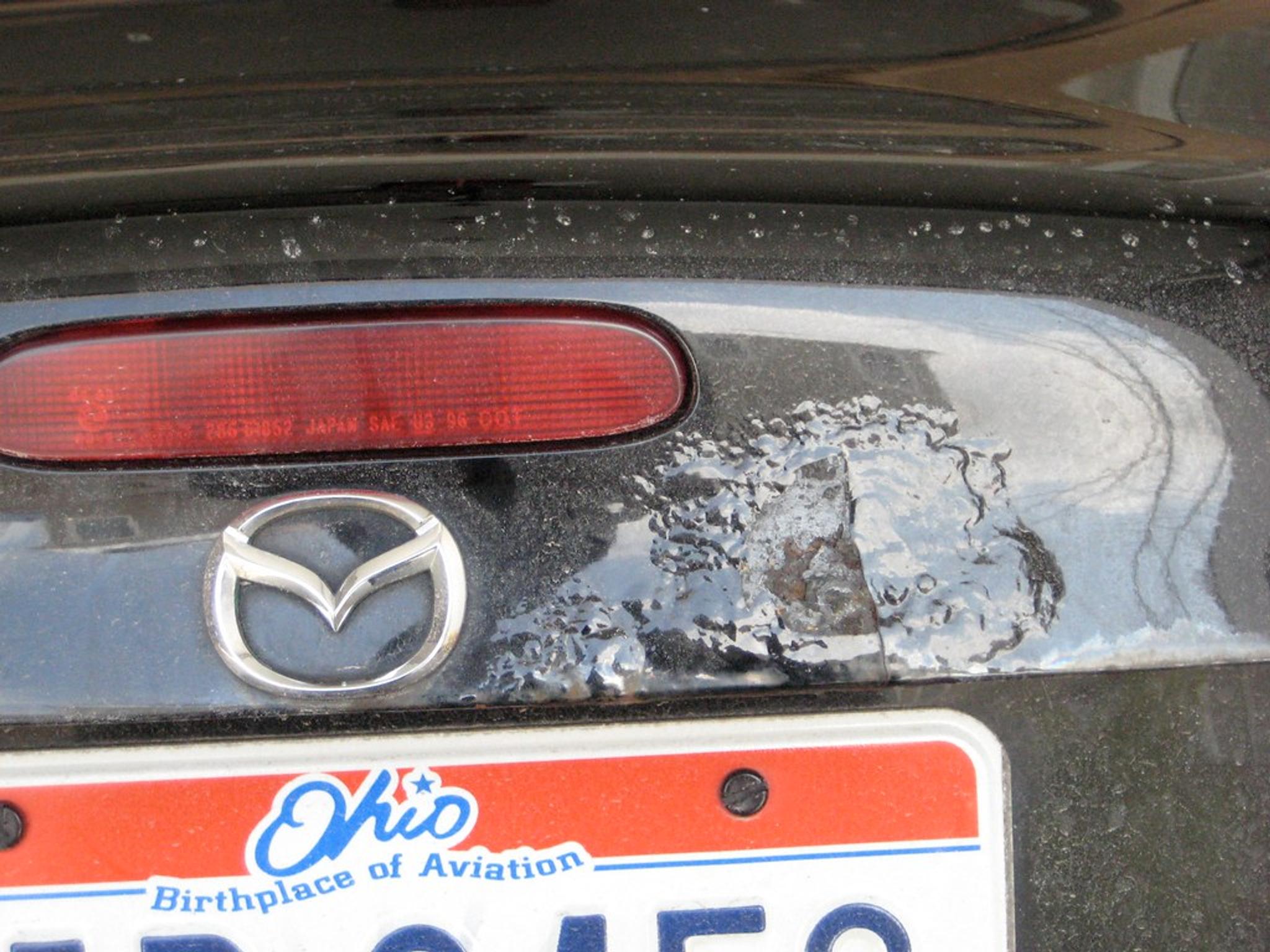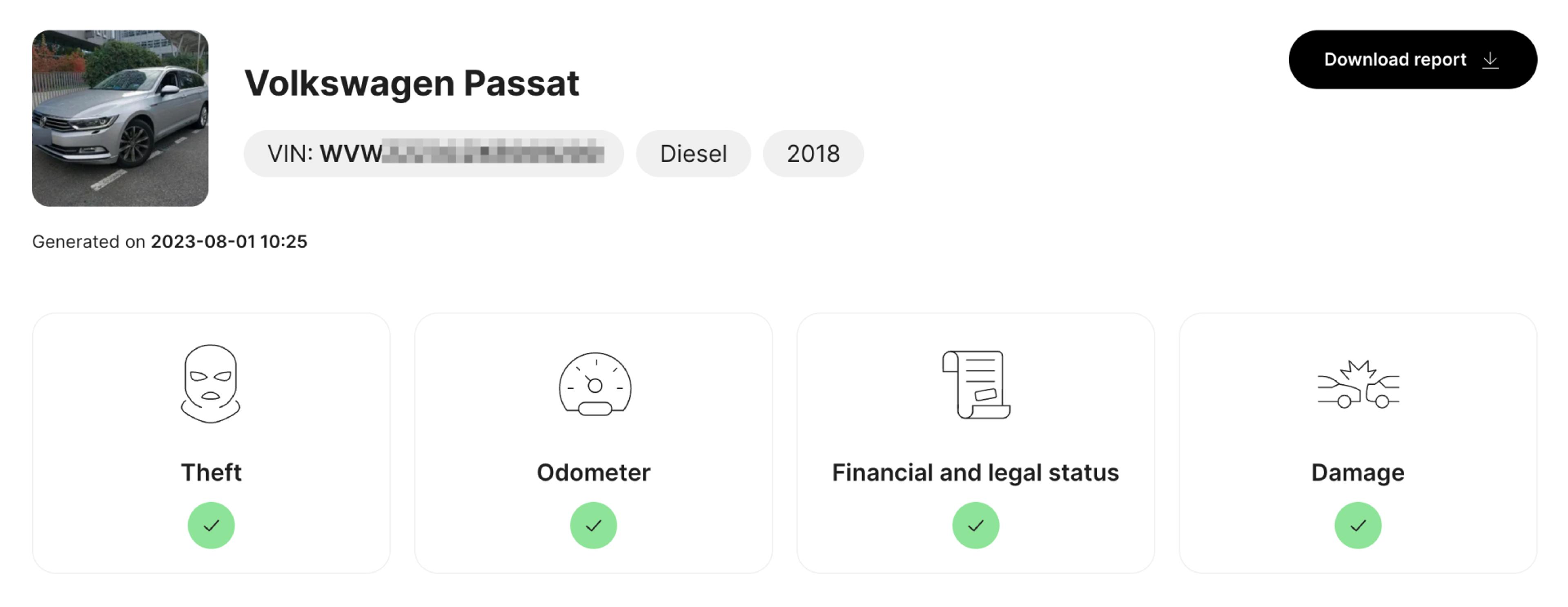2022-09-07
How to sell a car

Anyone can sell a car quickly, but you’ll have to put in some effort if you want to make the most of it. Used car buyers don't want to overpay or risk acquiring a damaged vehicle. And while a vehicle’s condition is the main factor affecting its value, proper sales techniques are also essential.
With that said, here are some key things to make the most of your car sale.

Try our VIN Decoder!
To learn more about any used car, check its VIN on our VIN Decoder page!
How to sell a car: a step-by-step guide
Step 1: Make sure you have all the necessary paperwork

Buying and owning a car requires a bunch of documentation, so a prospective buyer may want to inspect all the documents. When someone is coming to check your vehicle, make sure you have all the necessary paperwork on hand, including:
- The car's title
- Maintenance records
- Car warranty
- Bill of sale
- Report of sale
The necessary paperwork differs by state and country. Sometimes, you may need a safety and emissions inspection document, MOT certificates, or proof of insurance repairs. Check what kind of paperwork is required in your area before selling a vehicle.
Step 2: Research the market price of your car
Even if you always take care of your car, the sales price has to be realistic. Before you set the price, scroll through the ads of other similar cars and check the range. Try to find out where your car fits the best by inspecting the condition of these vehicles. Remember that some cars depreciate faster, so the sales price may disappoint you if you want to sell, let’s say, a luxurious and powerful SUV.
You can also find various online price guides where you can input information about a vehicle and get an estimate of its value. Usually, the most devaluing things are rust damage, a high mileage, missing service records, and poor equipment.

You can also get a mechanic’s assessment to determine a car’s condition professionally. A mechanic can thoroughly inspect the engine, transmission, suspension, and electronics. If the inspections prove your car is in good condition, you won’t have to worry about potential buyers discovering any “hidden” issues.
Remember to leave some room for negotiations when setting the price.
Step 3: Choose how you're going to sell your car
Selling a used car is often a complicated and stressful experience. Fortunately, you can sell a car in a few different ways. Each has unique pros and cons, so everything comes down to your determination and needs.
The most profitable choice is a private party sale – essentially, selling the car yourself. The result depends on your car’s condition, pictures, description, and presentation, so you'll have to use your marketing skills to fetch the best price!
If time is of the essence, you can choose an instant cash offer. Some institutions provide a hassle-free service of buying your car instantly. They only require a bit of information about a car, like the make, model, year, essential issues, and maintenance records. Many of these services are based on an online tool, so you’ll receive an offer instantly and, usually, will be able to cash out the same day. However, these tools also consider the risk of hidden defects and other potential problems, significantly reducing their offers.

Lastly, a car trade-in is one of the most popular options. Many drivers sell their cars to buy a newer one, and a trade-in seems like the perfect solution: drive to the dealership, leave your old car, and buy a new one with a discount the same day. The downside is that dealers need to profit from your old car, so their price may be much lower than its worth.
Step 4: Advertise your car
Crafting a perfect ad is one of the most important steps when selling your car. To attract potential buyers, your online ad should be tempting, informative, and clean. Here are some valuable tips to make your ad stand out:
- Mention why you’re selling the car. Used car buying guides often recommend asking the seller why they’re selling the car, so reveal the reason beforehand.
- Include a brief description. Short and informative is key – describe the issues, list any recent maintenance work, mention the advantages and optional extras.
- Include negotiation terms in the description. Usually, car sellers are open to negotiations, however, if the sales price you've set is final, you should mention that in the description.
- Include an asking price. Unless you’re selling an antique or rare vehicle, always include an asking price because most people won’t show any interest otherwise.
- Define acceptable payment forms. Nowadays, you can pay in various ways, including cash, online bank transfer, and even crypto. Mention which payment methods you prefer.
- Include high-quality images. Never make ads without images – most people will ignore them completely. Take some quality photos of the car's exterior and interior while avoiding direct sunlight and dim environments.
While the description has to be informative, don’t stuff it with obvious details like the vehicle’s color or body type. Also, some car ad websites offer a highlight feature that’s often worth the money if you want to sell your car faster.
PRO TIP: Scams are very common in the used car market – mileage rollbacks, hidden damages, VIN tampering, and even stolen cars. You can show you’re an honest seller by including a vehicle history report in your ad. This way, potential buyers will be able to evaluate the real condition of the car, which will build trust and boost your chances of selling your vehicle.


Check your VIN
Avoid costly problems by checking a vehicle's history. Get a report instantly!
Step 5: Negotiate the final price
If you haven’t mentioned the displayed price is final, your potential buyer will probably try to haggle. Usually, buyers begin with an offer 10-20% lower than your asking price, expecting to meet somewhere in the middle. They will try to bring up various issues and other reasons to reduce the cost, but, overall, expect to compromise by 5-10%.
Step 6: Finalize the transaction

After agreeing on the price, it’s time to close the deal. While the following actions depend on your country and chosen payment method, usually, you’ll need a bill of sale – a document that transfers the ownership of a vehicle, and you may need to sign over the title to the buyer. Check what requirements are stated in your country or state.
No matter how the buyer pays you, don’t let them drive your car away until you have the money you asked for. Most payment methods are instant, eliminating the risks of various scams.
Tips for price negotiations
In theory, car price negotiations should be easy when you’re the seller. However, buyers may try different tactics to convince you to reduce the price. As you can’t stand quietly and hope for the best deal, you should prepare for stubborn buyers. Here are a few tricks you should have up your sleeve:
- Decide on your lowest acceptable offer. This should be the price below which you never want to go.
- Don’t reveal your bottom price right away. People often ask what the final price is and try to reduce it even more after you tell them. Either give them a higher price or say you haven't decided.
- Have the benefits of your car in mind. Having a full service history, being kept in a garage, and extensive features are things that make your car stand out.
- Bring paperwork. Always have the necessary documents to prove to a prospective buyer everything’s in order and ready.
- Have a car history report just in case. If you didn’t include your vehicle history report in the ad, print it out or have it on your phone when meeting a potential buyer – a clean history encourages them to buy without too much haggling.
Don’t accept the buyer’s first offer, even if it meets your rock bottom price. Try to meet somewhere in the middle!
Be aware of who's performing the test drive
Most people don't buy cars without a test drive. While a short test drive before buying a used car is pretty much mandatory, you should know the buyer is not entitled to buy your car if something happens. That's why you should always ask for a potential buyer's driver's license, pick a less busy, safe route, and accompany them during the test drive.

You can also refuse to test drive a car (although that will look suspicious). The car is still yours, and if you don't trust the buyer, you can test drive the car with them accompanying you. In this case, let them pick the route and tell you when to break, accelerate, or stop.
Avoid selling to a dealer
Many people trade in their cars because of convenience – all you have to do is visit the dealer, and you’ll be able to drive back home in a new car the same day. However, this comfort comes with a price – dealers profit from cars, so their goal is to offer as little money as possible. They calculate the risks, evaluate the current market, and ensure they'll sell it with a nice profit.
Dealers often don’t tell how much they will offer for your old car. Instead, they inspect a vehicle and come back with a discounted offer on a new car. As a result, many customers trade in their old car without even knowing how much they could get for it.
